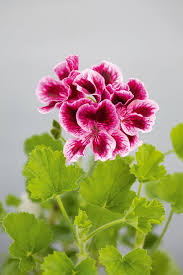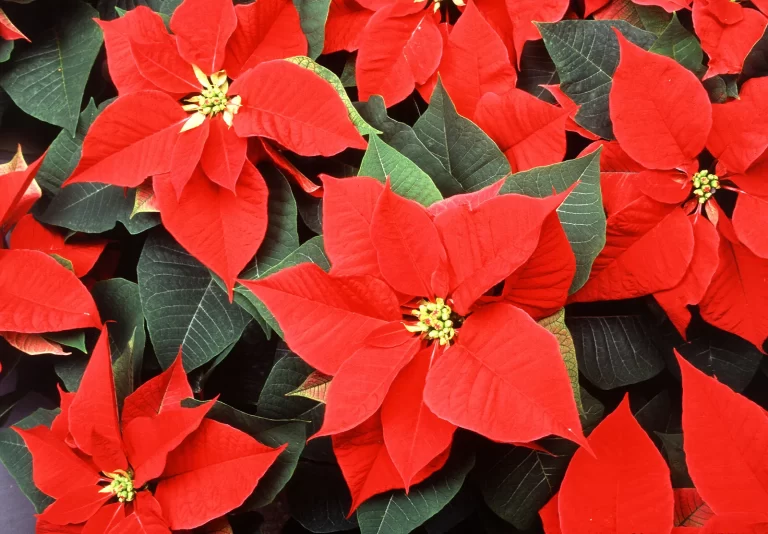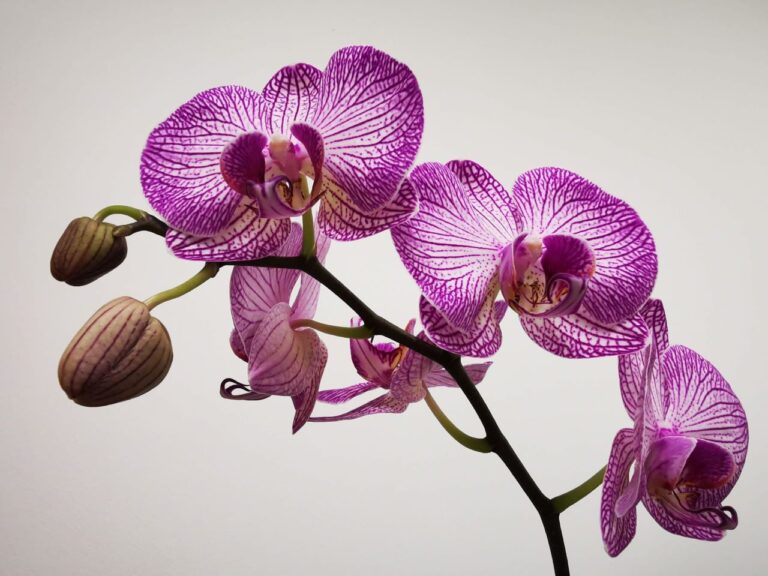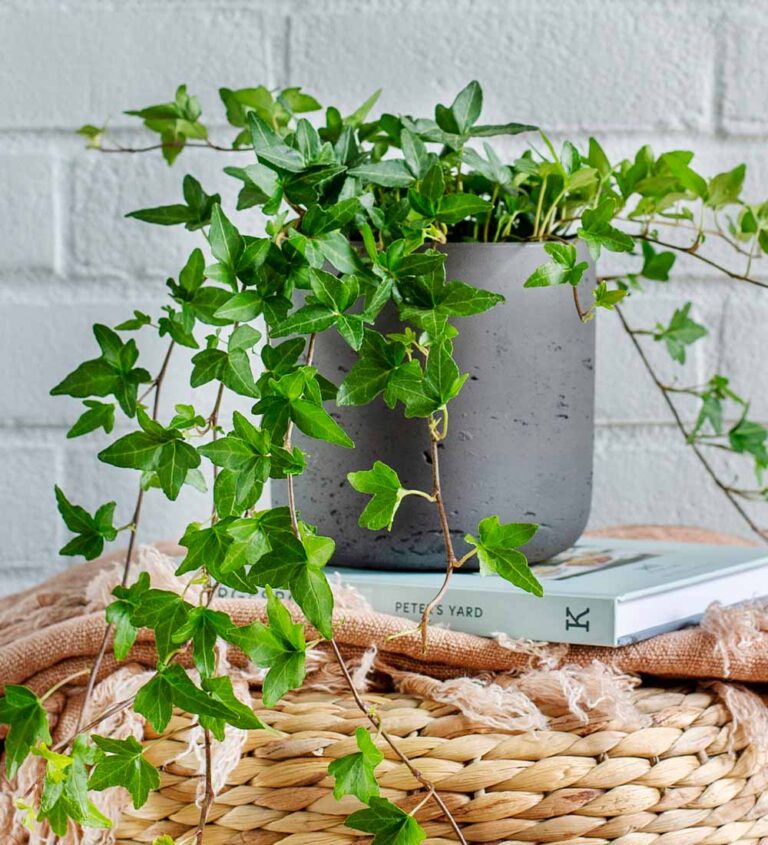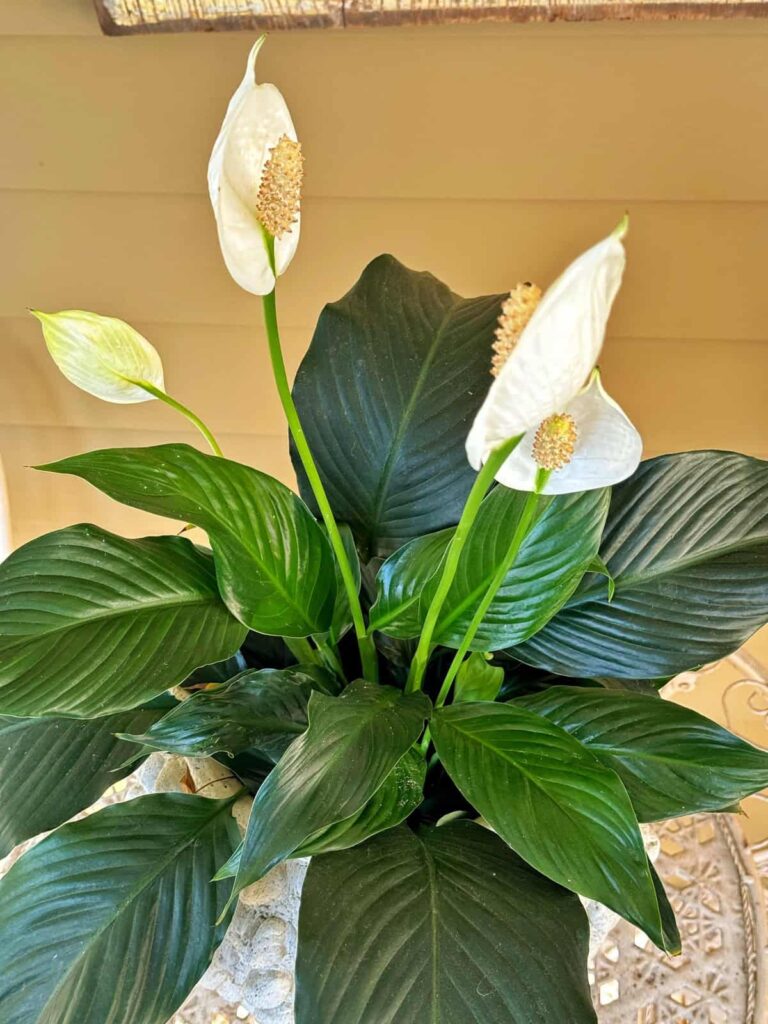Hydrangea: The Enchanting Bloom of Changing Colors
Hydrangea: The Enchanting Bloom of Changing Colors
Have you ever wondered why hydrangeas change colors depending on the soil?
Hello, garden lovers! Today, we’re diving into the mesmerizing world of hydrangeas. These lush, globe-like flowers are famous for their ability to shift colors based on soil acidity, creating a natural spectacle of pink, blue, and purple blooms. Whether you’re an experienced gardener or just starting out, learning about hydrangeas will help you appreciate their beauty even more. Let’s explore their varieties, care tips, and symbolic meanings!

Table of Contents
1. Introduction to Hydrangeas
Hydrangeas are among the most beloved flowering plants, known for their large, showy blossoms and their ability to thrive in diverse climates. Native to Asia and the Americas, these stunning blooms have been cultivated for centuries and are especially cherished in Japan, where they symbolize gratitude and heartfelt emotion.
One of the most fascinating aspects of hydrangeas is their color-changing ability, which is influenced by soil pH. This makes them unique among garden plants, as they can display a range of colors from deep blues to soft pinks and even purples, all on the same bush!
2. Different Types of Hydrangeas
Hydrangeas come in a variety of species, each with its own unique charm and growing requirements. Below is a table highlighting the most popular types:
| Type | Key Features |
|---|---|
| Bigleaf Hydrangea (Hydrangea macrophylla) | Known for its large, round blooms that change color based on soil pH. |
| Panicle Hydrangea (Hydrangea paniculata) | Features cone-shaped flowers that start white and turn pink with age. |
| Oakleaf Hydrangea (Hydrangea quercifolia) | Recognized by its unique foliage that resembles oak leaves and turns red in fall. |
| Climbing Hydrangea (Hydrangea anomala petiolaris) | A vine-like species that climbs walls and trellises, producing white flowers. |
3. Why Do Hydrangeas Change Color?
One of the most intriguing characteristics of hydrangeas is their ability to change color. This phenomenon occurs due to the influence of soil pH on aluminum availability. Here’s how it works:
- Acidic Soil (pH < 6.0): Produces blue flowers due to higher aluminum availability.
- Neutral Soil (pH 6.0–7.0): Leads to purple or mixed-color blooms.
- Alkaline Soil (pH > 7.0): Results in pink or red flowers as aluminum is less available.
- White Hydrangeas: These do not change color as their pigments are not affected by soil pH.
If you want to change your hydrangea’s color, you can modify the soil by adding elements like aluminum sulfate (to turn them blue) or lime (to turn them pink). However, this process takes time and consistent soil adjustments.

4. Essential Hydrangea Care Tips
Caring for hydrangeas is relatively easy, but they do have specific needs to thrive. Follow these essential care tips to keep your hydrangeas healthy and blooming beautifully.
| Care Aspect | Best Practices |
|---|---|
| Sunlight | Hydrangeas prefer partial shade. Too much sun can cause wilting, while too little can reduce blooming. |
| Watering | Water deeply 2–3 times a week. Avoid overwatering, as this can lead to root rot. |
| Soil | Well-draining, nutrient-rich soil is ideal. Adjust pH for color changes. |
| Fertilizing | Use a balanced, slow-release fertilizer in spring and mid-summer. |
| Pruning | Prune dead wood and shape the plant after flowering for better growth. |
5. The Symbolism and Cultural Significance of Hydrangeas
Hydrangeas carry deep symbolic meaning across different cultures. Their vibrant colors and lush blooms make them a popular choice for gardens, weddings, and special occasions. Here’s what hydrangeas represent in different contexts:
- Gratitude and Apology: In Japan, hydrangeas symbolize sincere apologies and appreciation.
- Understanding and Compassion: Their full, rounded blooms represent heartfelt emotions.
- Boasting and Pride: In some cultures, their lush appearance symbolizes arrogance.
- Femininity and Beauty: Hydrangeas are often linked to grace and elegance in floral arrangements.
Different colors of hydrangeas also carry specific meanings:
- Blue Hydrangeas: Represent humility, understanding, and apologies.
- Pink Hydrangeas: Symbolize love, romance, and heartfelt emotions.
- Purple Hydrangeas: Indicate royalty, deep understanding, and prosperity.
- White Hydrangeas: Represent purity, innocence, and new beginnings.
Frequently Asked Questions
Why do hydrangeas change color?
Hydrangeas change color based on soil pH. Acidic soil (pH < 6.0) produces blue flowers, while alkaline soil (pH > 7.0) leads to pink blooms.
Most hydrangeas prefer partial shade. They thrive in morning sun and afternoon shade, as excessive heat can cause wilting.
Spring and fall are ideal seasons for planting hydrangeas, allowing them to establish roots before extreme temperatures set in.
Water deeply 2–3 times a week, ensuring the soil remains moist but not soggy. Increase watering during hot, dry periods.
Yes! Hydrangeas do well in pots as long as they have well-draining soil and a large enough container for root expansion.
With proper care, hydrangeas can live for decades, providing beautiful blooms year after year.
Final Thoughts
Hydrangeas are a true marvel of nature, offering stunning blooms that change color based on soil composition. Whether you’re a seasoned gardener or just starting, these flowers bring charm and vibrancy to any garden. With proper care, they will reward you with lush, breathtaking blossoms year after year.


